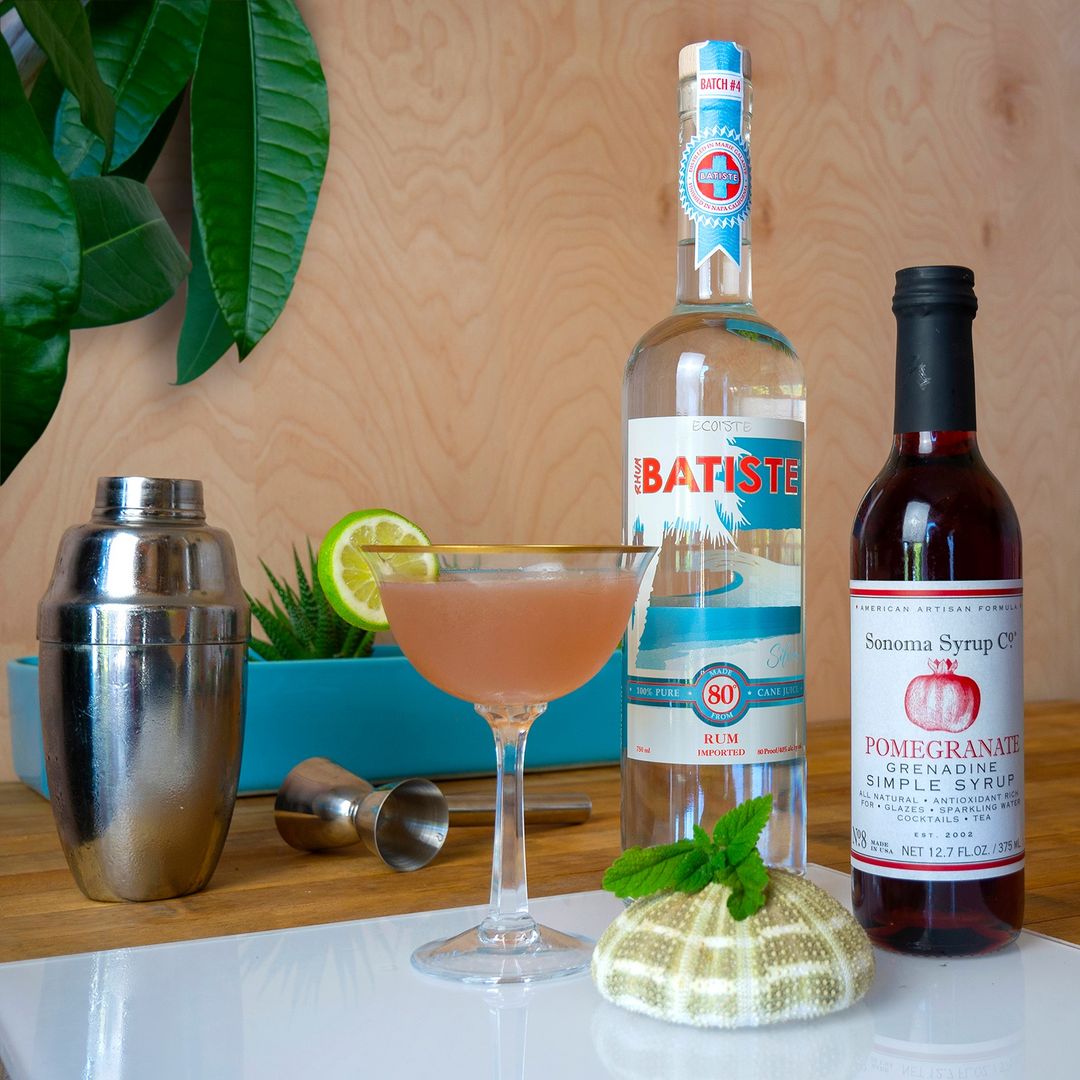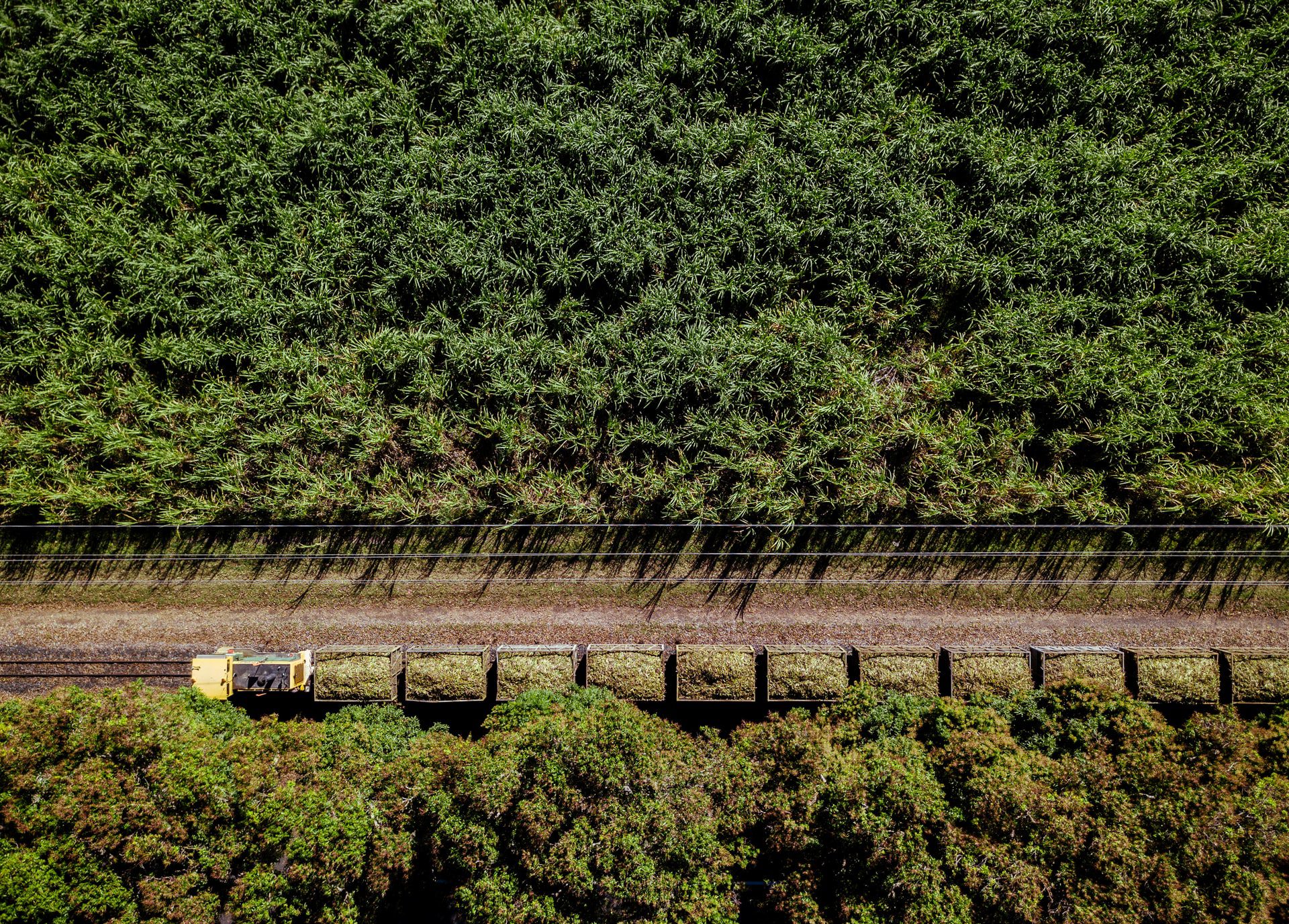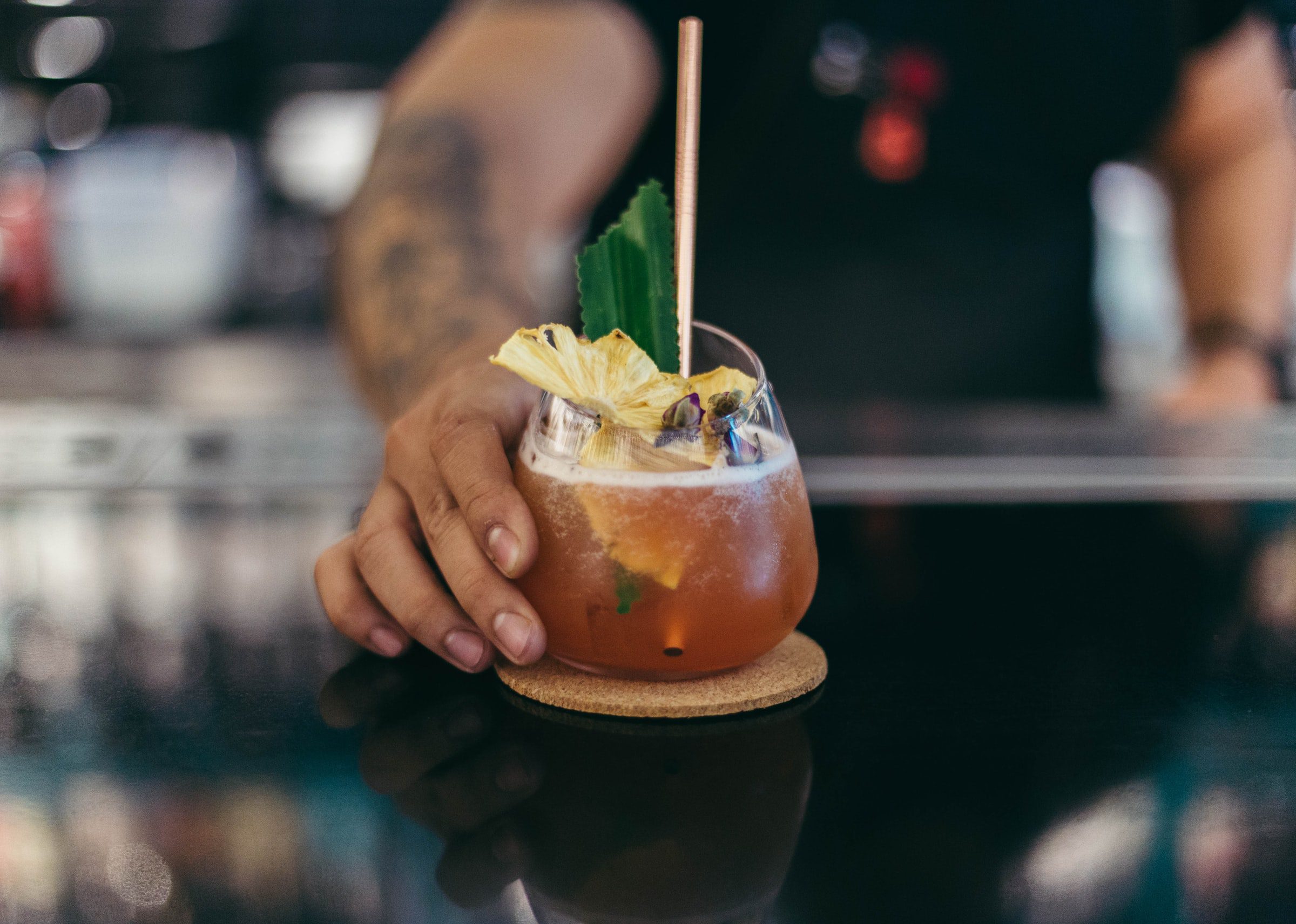California-based Batiste Rhum earned carbon-negative status utilizing regenerative agriculture, renewable energy and responsible choices.
California’s Napa Valley is world-renowned for its wine, but a different type of spirit has recently snagged headlines for being a pioneer in sustainable production.
That spirit, Batiste Rhum, lays claim to being the first sustainable American craft rum. It earned another important distinction in August when the company’s proprietary rum production process was reviewed and validated as being carbon-negative by Third Partners, a boutique management consultancy.
With that designation, Batiste Rhum became the world’s only known alcoholic beverage to have a climate-positive, natural production process without the purchase of carbon offsets. It represented an important milestone for the company, whose stated brand mission is to create world-class, all-natural and sustainable alcohol beverages.
“Our ambition is to speak to all rum lovers who are open to trying something new and who are interested in being part of a sustainable brand,”
Batiste Rhum Founder and CEO Tristan Mermin told The Business Download in an email interview. “We want to bring new people to rum, and in this case, we speak to those adults who care about what they drink, the effect it has on them, and the effect on the planet.”
To arrive at its carbon-negative designation, Third Partners’ report analyzed Batiste Rhum’s “Three R’s” production process from ground to finished bottle: Regenerative Agriculture, Renewable Energy and Responsible Choices. Batiste Rhum’s exclusive use of fresh sugarcane, combined with the agricultural techniques it uses, captures significant carbon dioxide from the atmosphere, which sets the entire process up for a net climate-positive.
Meanwhile, the company’s reliance on renewable energy – including solar for electricity and biomass for steam power – helps to minimize its carbon output. Batiste Rhum then incorporates sustainable shipping and packaging choices into its distribution. Third Partners found that the cumulative effect of Batiste Rhum’s “Three R’s” process results in a net reduction in carbon dioxide equivalent emissions per bottle.
“The beauty of Batiste Rhum’s process is its simplicity: use clean energy, reuse waste and byproducts, and help nature do what nature does best,” John Haugen, Principal and Client Director at Third Partner, said in a press release. “This closed-loop approach to production results in a process that is climate-positive and better than carbon neutral.”

This devotion to innovation and detail has been a mantra of sorts for Batiste Rhum since it got its start in the early 2000s as a partnership between Mermin and Hubert Damoiseau, whose family ran a French Caribbean distillery on the remote island of Marie-Galante, Guadeloupe.
Mermin, who hailed from the San Francisco area, had a background in holistic medicine.
He and Damoiseau discussed the idea of creating a rum with no chemical additives or artificial colors, and which focused instead on clean, all-natural, and sustainable ingredients. That idea turned into a collaboration in which the rum-making process begins in Marie-Galante using fresh sugarcane juice, with final production taking place in the United States.
Batiste Rhum was incorporated in 2003 and launched its first product five years later, showcasing the French Rhum Agricole Style of rum as a luxury product made with sustainable practices. In 2017, industry veteran Jon Lawson, who previously worked at Constellation Brands and Diageo, joined Batiste Rhum as Chief Operating Officer. The company’s focus on sustainable, luxury rums has brought it into the spotlight, with exposure in media outlets such as Forbes and Entrepreneur.
“Rhum Agricole” is a method of production exclusive to the French Caribbean and boasts “the highest standard for fresh sugar cane juice rums,” Mermin said.
“The magic and distinction of Batiste Rhum is the fresh sugar cane juice grown with an emphasis on cleanliness and sustainable practices,” he told The Business Download. “Merely 3% of the world’s rum production uses fresh-pressed sugarcane juice only. Fresh sugarcane juice, when handled correctly, is the ideal base to make spirits from.”

Batiste Rhum lays claim to being the only American producer that has a single source for 100% fresh sugarcane juice. Unlike most rum and spirits, fresh sugarcane juice rum is uncooked prior to distillation, which makes it more sustainable. And since sugarcane is a perennial, no annual tilling is required, which further minimizes the carbon footprint. The finishing is done in the U.S. for both practical and environmental reasons.
The company’s island operations were built from the ground up to include sustainable agriculture, renewable energy and energy efficiency. This wasn’t done to be trendy, either.
“The tradition of growing sugarcane on the island predates industrial chemicals and has been a successful methodology that does not require their use,” Mermin said. “On the distillery side, the operations (were) designed to be maximally efficient, so the use of renewable energy and reuse of bio waste are integral to that.”
Making a carbon-negative rum would normally be a costly process, but Batiste Rhum managed to ease those costs.
“If we had to decommission or reconfigure an existing operation and start from scratch, then yes it would have been expensive,” Mermin said. “We did not have that issue. Some of our choices do lead to higher costs, but we do not cut corners and still receive a reasonable return.”
The result for rum enthusiasts is a “dry, easy-to-work-with spirit,” he added. “In contrast, most rums are heavier in flavor and nose, requiring more ingredients or time to finish.”





